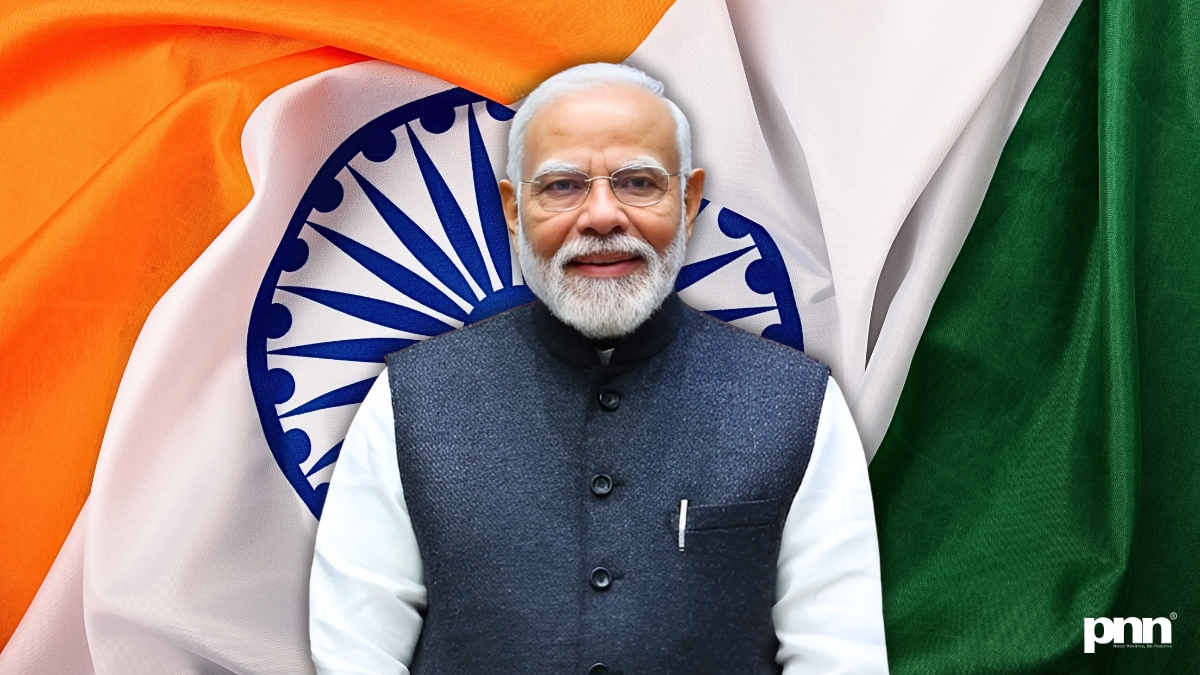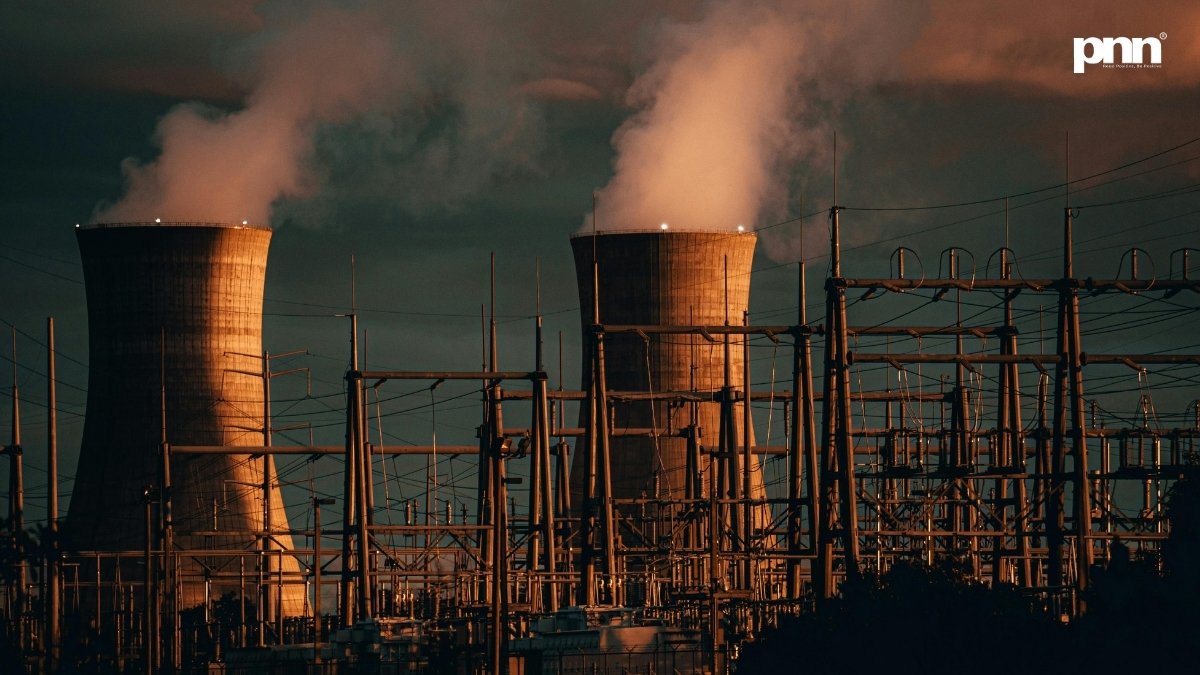New Delhi [India], July 16: From the grassroots of Indian agriculture to the orbit of the International Space Station, the recent India Cabinet decisions trace a singular arc, building a self-reliant, future-ready Bharat powered by soil, sun, science and sky.
India’s mid-July momentum just picked up serious speed. In one decisive sweep, the Union Cabinet, chaired by Prime Minister Narendra Modi, approved a series of game-changing decisions, each rooted in transformation, powered by scale, and aimed squarely at building the bones of a Developed India by 2047.
Let’s break it down.
1. 100 Districts, One Agricultural Reset
In what’s being called the most targeted push yet to energize India’s farming backbone, the Cabinet approved the Prime Minister Dhan-Dhaanya Krishi Yojana. The mission? Revitalize agriculture and allied sectors across 100 specially identified districts.
#WATCH | Delhi: Union Cabinet approved ‘Prime Minister Dhan-Dhaanya Krishi Yojana’
This scheme aims to enhance agricultural productivity, increase crop diversification and sustainable agricultural practices, augment post-harvest storage, improve irrigation facilities and… pic.twitter.com/jKpOTolNUS
— ANI (@ANI) July 16, 2025
These aren’t your average districts, they’ve been strategically selected based on three hard-hitting metrics: low productivity, low cropping intensity, and weak credit linkages. Translation: where agriculture is struggling, the government is now stepping in, with full force.
Spread over six years from FY26, the plan brings together 36 schemes from 11 departments under one operational umbrella, creating a fusion model of central, state, and private partnerships. Even more impressive? Monitoring will happen on a real-time dashboard using 117 performance indicators, reviewed monthly. Farmers will help draft district plans alongside bureaucrats. Think of it as grassroots meets governance.
2. NTPC’s Renewable Rocket: ₹20,000 Crore, No Red Tape
The green energy war chest just got a massive booster shot.
The Cabinet has granted enhanced investment powers to power major NTPC Limited, greenlighting investments up to ₹20,000 crore in its renewable arm NGEL and its subsidiaries. The aim is bold and simple: build 60 GW of renewable capacity by 2032.
This isn’t just about windmills and solar panels. This is about making India’s grids cleaner, more resilient, and globally respected. NTPC’s NGEL already has a 32 GW pipeline, including 6 GW operational and 17 GW awarded. And it’s not just about electrons. These projects are projected to create direct and indirect jobs at scale, especially for local communities, MSMEs, and suppliers.
India is already ahead of schedule, having hit 50% installed capacity from non-fossil sources five years early. The 2030 goal of 500 GW now looks like a matter of “when,” not “if.”
3. NLC India Gets ₹7,000 Cr Clean Power Exemption – India Cabinet
Adding fuel to the green fire, the Cabinet also granted special investment exemptions to NLC India Limited, allowing it to invest ₹7,000 crore into its renewable subsidiary NLC India Renewables Ltd (NIRL) without jumping through usual Navratna CPSE hoops.
The exemption also lifts the 30% net worth ceiling for CPSE investments in joint ventures, giving NLCIL a clean shot at building out its 10.1 GW renewable roadmap by 2030, and scaling to 32 GW by 2047. This aligns with India’s broader Panchamrit climate targets and its Net Zero 2070 pledge.
NIRL is now positioned to aggressively bid for solar, wind and hybrid assets, helping India reduce coal dependency while simultaneously expanding clean, 24×7 power access.
Bonus: this transition comes with local jobs and economic uplift, especially in underserved regions where such projects typically sprout.
4. Welcome Home, Group Captain Shubhanshu Shukla
If the farms and the future were covered, space wasn’t left out either.
The Cabinet also passed a formal resolution welcoming Group Captain Shubhanshu Shukla, who returned this week after an 18-day mission aboard the International Space Station. This was the first time an Indian astronaut traveled to the ISS, representing more than just technological achievement; it’s a signal of ambition.
His time in orbit wasn’t a sightseeing trip. He led experiments on muscle regeneration, microbial growth, crop viability and cognitive performance in microgravity, laying the scientific groundwork for India’s future in space exploration, from Gaganyaan to the Bharatiya Antariksha Station.
It’s also a celebration of how far India’s space ecosystem has come. From the Chandrayaan-3 landing near the Moon’s South Pole to the Aditya-L1 solar mission, and now a thriving private space startup scene (with 300+ ventures), space is no longer India’s final frontier, it’s the next growth engine.
India in Motion
Four Cabinet decisions. One unifying arc.
Whether it’s tapping underperforming farms, fast-tracking clean power megaprojects, investing in solar sovereignty, or launching astronauts to space, the government’s latest brief signals a single mission: India will not wait to be great. It will design its own destiny.
And every district, every watt, every experiment, and every young mind is part of that story.




